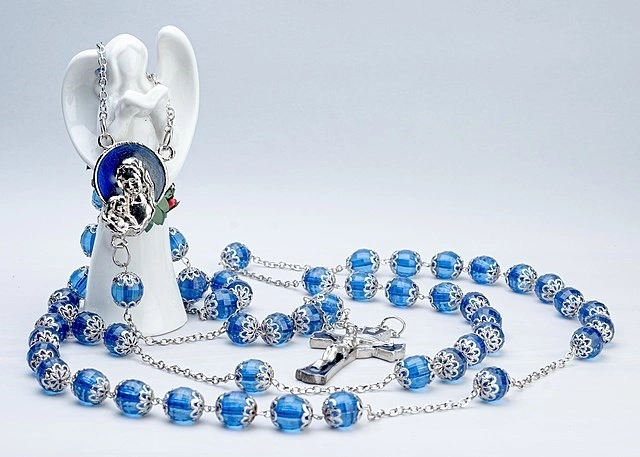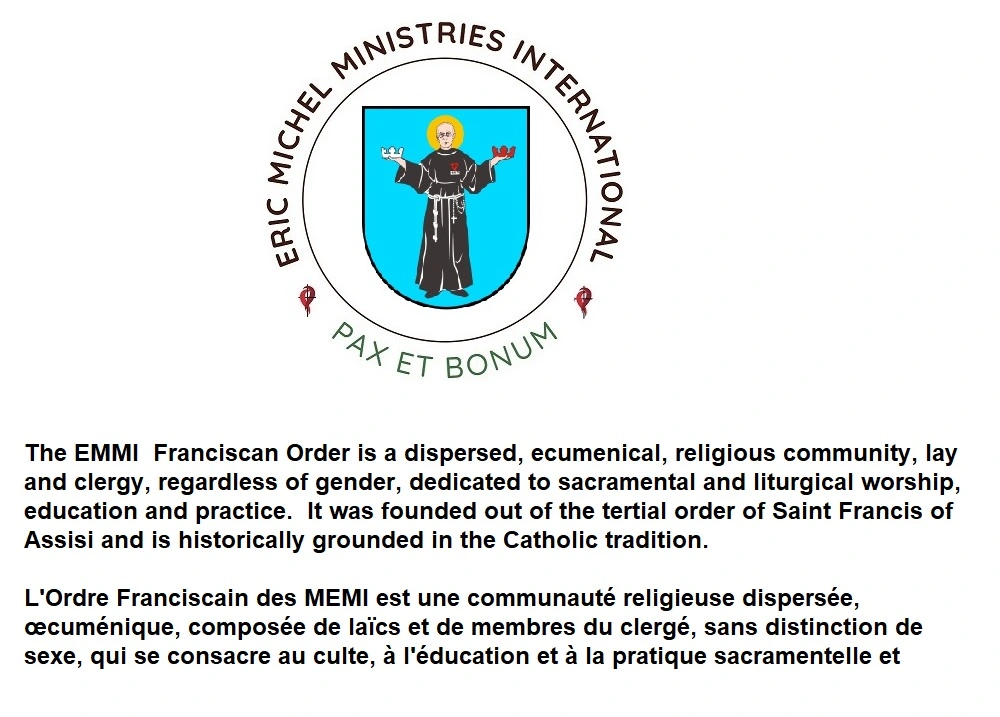Marian Brother of The Third Order Of Franciscans of the Eucharist
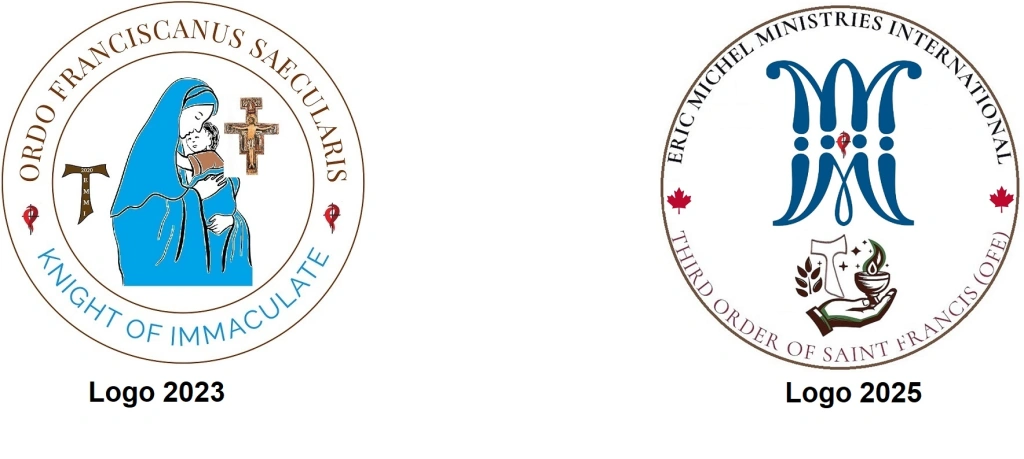
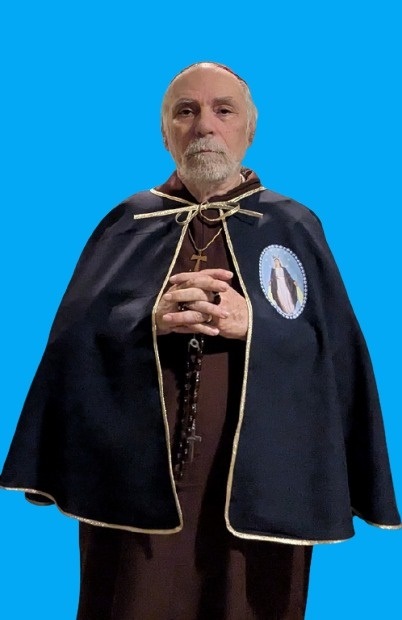
Mary was a first-century Jewish woman of Nazareth, the wife of Joseph and the mother of Jesus. She is an essential figure in Christianity, venerated under various titles, such as the Virgin or the Queen, many of which are mentioned in the Litany of Loreto. The Eastern and Oriental Orthodox, Catholic, Anglican, Methodist, and Lutheran churches believe that Mary, as the mother of Jesus, is the Mother of God. The Church of the East historically regarded her as Christotokos, a term still used in the liturgy of the Assyrian Church of the East. Other Protestant views on Mary vary, with some holding her to have lesser status. She has the highest position in Islam among all women and is mentioned numerous times in the Quran, including in a chapter named after her. She is also revered in the Baháʼí Faith and the Druze Faith.
The synoptic Gospels name Mary as the mother of Jesus. The gospels of Matthew and Luke describe Mary as a virgin who God chose to conceive Jesus through the Holy Spirit. After giving birth to Jesus in Bethlehem, she raised him in the city of Nazareth in Galilee. She was in Jerusalem at the time of his crucifixion and with the apostles after his ascension. Although her later life is not accounted in the Bible, Roman Catholic, Eastern Orthodox, and some Protestant traditions believe that her body was raised into heaven at the end of her earthly life, which is known in Western Christianity as the Assumption of Mary and in Eastern Christianity as the Dormition of the Mother of God.
Mary has been venerated since early Christianity and is often considered the holiest and greatest saint. There is a certain diversity in the Mariology and devotional practices of major Christian traditions. The Catholic Church holds distinctive Marian dogmas, namely her Immaculate Conception and her bodily Assumption into heaven. Many Protestants hold less exalted views of Mary’s role, often based on a perceived lack of biblical support for many traditional Christian dogmas about her.
The multiple forms of Marian devotions include various prayers and hymns, the celebration of several Marian feast days in liturgy, the veneration of images and relics, the construction of churches dedicated to her and pilgrimages to Marian shrines. Believers have reported many Marian apparitions and miracles attributed to her intercession over the centuries. She has been a traditional subject in the arts, notably in Byzantine art, medieval art and Renaissance art.
Marian devotions are external pious practices directed to the person of Mary, mother of Jesus, by members of certain Christian traditions. They are performed in Catholicism, High Church Lutheranism, Anglo-Catholicism, Eastern Orthodoxy and Oriental Orthodoxy, but are generally rejected in other Christian denominations.
Such devotional prayers may be accompanied by specific requests for Mary’s intercession with God. There is significant diversity of form and structure in Marian devotions practiced by different groups of Christians. Orthodox Marian devotions are well-defined and closely linked to liturgy. At the same time, Roman Catholic practices are diverse; they include multi-day prayers such as novenas, the celebration of canonical coronations granted by the Pope, the veneration of icons in Eastern Christianity, and pious acts that do not involve vocal prayers, such as wearing scapulars or maintaining a Marian garden.
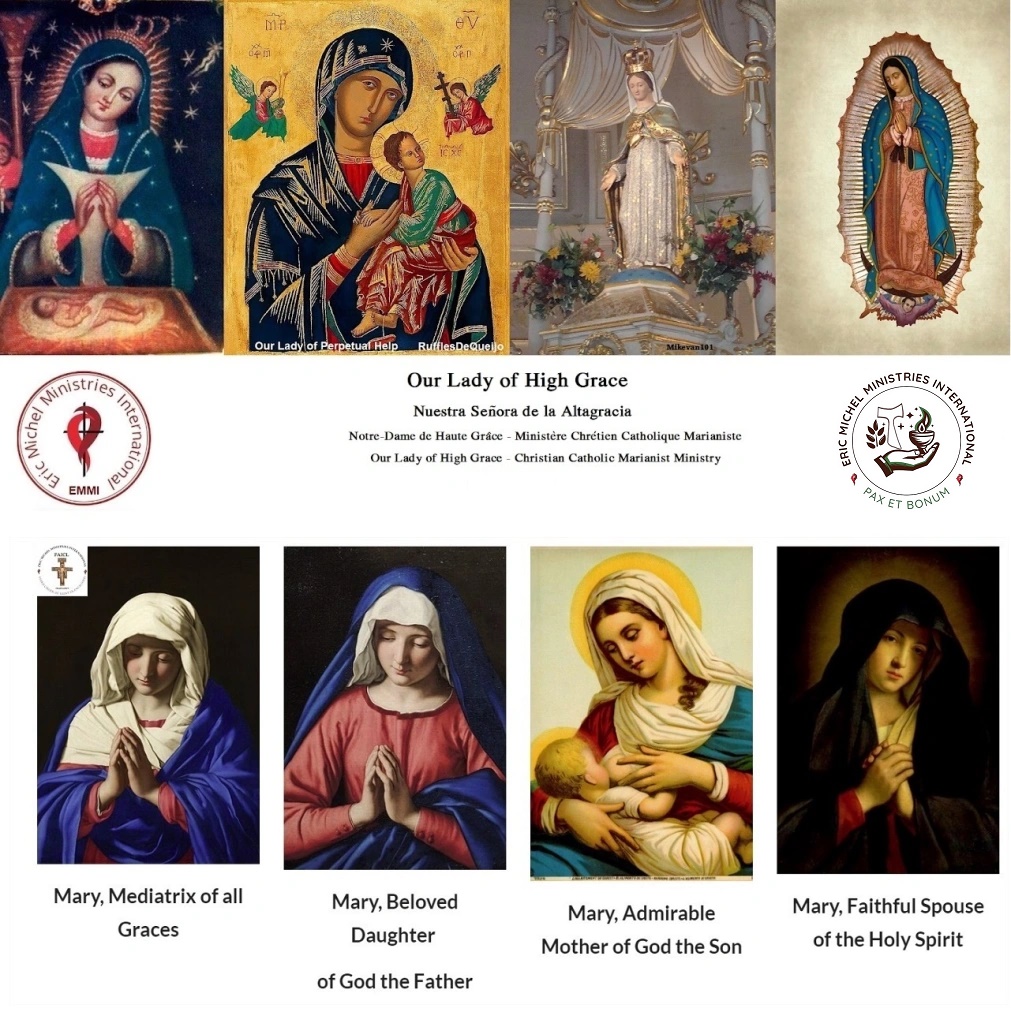
Marian devotions are important to the Roman Catholic, Eastern Orthodox, Oriental Orthodox traditions, as well as some Anglicans and Lutherans, but most Protestants do not accept them, because they believe such devotions are not widely promoted in the Bible. They believe this devotion may distract attention from Christ.[5] According to practitioners, devotion to the Virgin Mary does not amount to worship, which is reserved for God. Both the Catholic and Orthodox traditions view Mary as subordinate to Christ, but uniquely so, in that she is seen as above all other creatures. In 787 the Second Council of Nicaea affirmed a three-level hierarchy of latria, hyperdulia, and dulia that applies to God, the Virgin Mary, and then to the other saints.
The emphasis placed on Mary and Marian devotions changed over the history of Anglicanism. In the 16th century, following the independence of the Church of England from Rome, a movement away from Marian themes took place; by 1552 mentions of Mary had been reduced to only two or three times a day in the Book of Common Prayer but the Marian feasts of the Annunciation and the Purification had been retained. However, in the 17th century, there was a gradual return to Marianism and by 1662 there were five Marian feasts.
British devotion to the Virgin Mary has often been expressed in poetry, Marian hymns, and Carols, e.g., in the 17th-century poems of John Donne and George Herbert, or in the 18th-century works of Thomas Ken such as Saint Mary the Virgin.
Anglican devotion for the Virgin Mary was revived during the 19th century Oxford Movement of Anglo-Catholicism and by the activities of prominent figures such as John Henry Newman. British theologians such as Father Frederick Faber (who composed several hymns to Mary) took an enthusiastic approach to the promotion of Marian devotions towards the end of the 19th century.
In the liturgical renewal of the 20th century, Mary gained new prominence, and in most Anglican prayer books she is mentioned by name in the Eucharistic prayers. The gradual increase in Marian devotions among Anglicans has also been manifested within the higher levels of the clergy in the Anglican Communion. Archbishop of Canterbury Rowan Williams (who made a 2008 pilgrimage to Our Lady of Lourdes) wrote a book on how to pray with the icons of the Virgin Mary.
Anglican devotions to Mary include the Anglican Rosary (similar to the Catholic rosary), votive candles, and pilgrimages to Walsingham and Lourdes. Some Anglicans, especially Anglo-Catholics, also pray the rosary itself. For centuries, Our Lady of Walsingham has been a centrepiece in Anglican devotions to the Virgin Mary and her feast is celebrated on October 15, as well as a Catholic feast on September 24. Also common in Anglican cathedrals, Anglo-Catholic parishes, and certain Anglican shrines are chapels or side altars dedicated to the Virgin Mary, known as Lady chapels.
Discussions between Roman Catholics and Anglicans within frameworks such as the Anglican–Roman Catholic International Commission, and with the 2005 publication of the (non-binding) joint statement: Mary: Grace and Hope in Christ, have started a movement towards a closer agreement of Mary and Marian devotions between Catholics and Anglicans.
